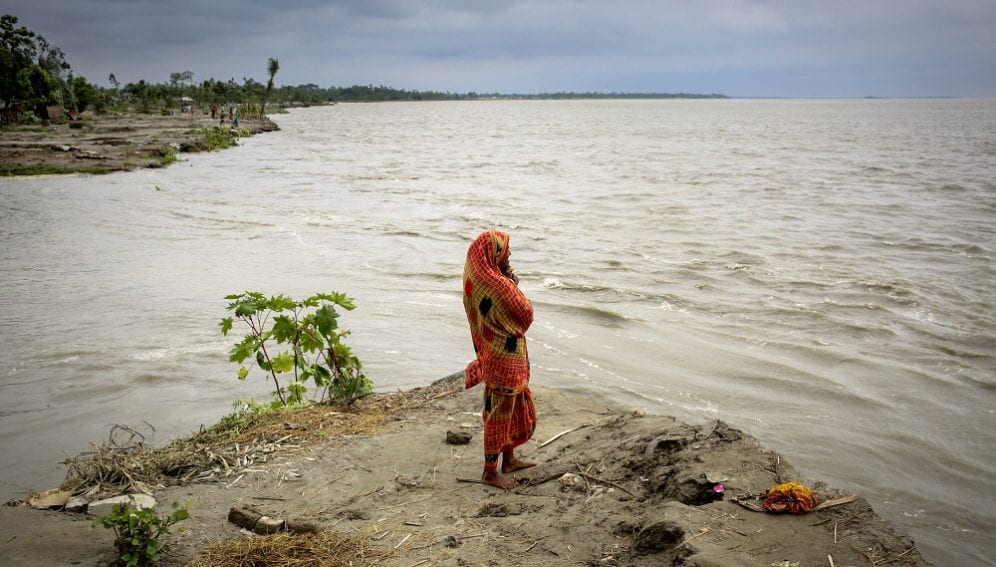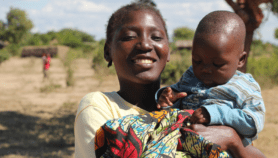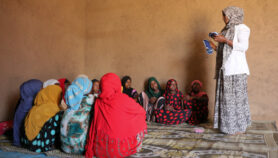By: Henrietta Miers
Send to a friend
The details you provide on this page will not be used to send unsolicited email, and will not be sold to a 3rd party. See privacy policy.
This month a study added to the long-running controversy over whether temperature rises as a result of climate change may contribute to increased levels of violence. [1] It found only an indirect link between temperature and violence, contradicting a study from 2013.
The paper concedes that climate change in Sub-Saharan Africa could exacerbate stresses and tensions over scarce resources, but it concludes that key political, economic and geographic factors are more important drivers of violence.
But however indirect this link between climate change and violence is, we should not underestimate it. Especially when it comes to violence against women and girls.
Although evidence is as yet patchy there is enough empirical evidence to suggest causal links: climate change leads to increased conflict over natural resources, which in turn leads to heightened violence against women and girls.
A 2008 paper by the Institute of Development Studies in the United Kingdom referred to the horrific levels of sexual violence in Sudan, mostly against women and girls, during the conflicts between the north and the natural resource-rich south. [2] It also looked at conflicts between nomadic and sedentary tribes in Darfur, Sudan. Both conflicts were partly caused by quarrels over depleting natural resources. This sexual violence took place in villages while men and boys were away fighting, and in and around refugee and camps of internally displaced persons where women and girls were forced to roam around collecting scarce fuel and water supplies.
Research published by aid organisation Plan International in 2011 found that, in Ethiopia, recurring and prolonged droughts that contribute to deforestation and water depletion have led to more girls being raped or abducted while fetching firewood or water. [3]
This causal evidence that links climate change and increased violence against women and girls suggests a bleak vision of the future and should sound a warning bell. How much worse and more widespread might this violence become in poor countries when resources are depleted further?
In the wake of the International Day for the Elimination of Violence against Women last week (25 November), I hope climate change, resource depletion and violence against women and girls will become major themes for wider discussion. It would be unwise to weaken the links.
Henrietta Miers has worked across Africa and Asia as a gender and social development consultant for 20 years, specialising in gender policy. She is senior associate of WISE Development, a consulting company that focuses on boosting economic opportunities for poor women.
References
[1] John O’Loughlin and others Effects of temperature and precipitation variability on the risk of violence in Sub-Saharan Africa, 1980-2012 (Proceedings of the National Academy of Sciences, November 2014)
[2] Alyson Brody and others Gender and climate change: mapping the linkages (Institute of Development Studies, March 2008)
[3] Anita Swarup and others Weathering the storm: Adolescent girls and climate change (Plan, June 2011)














